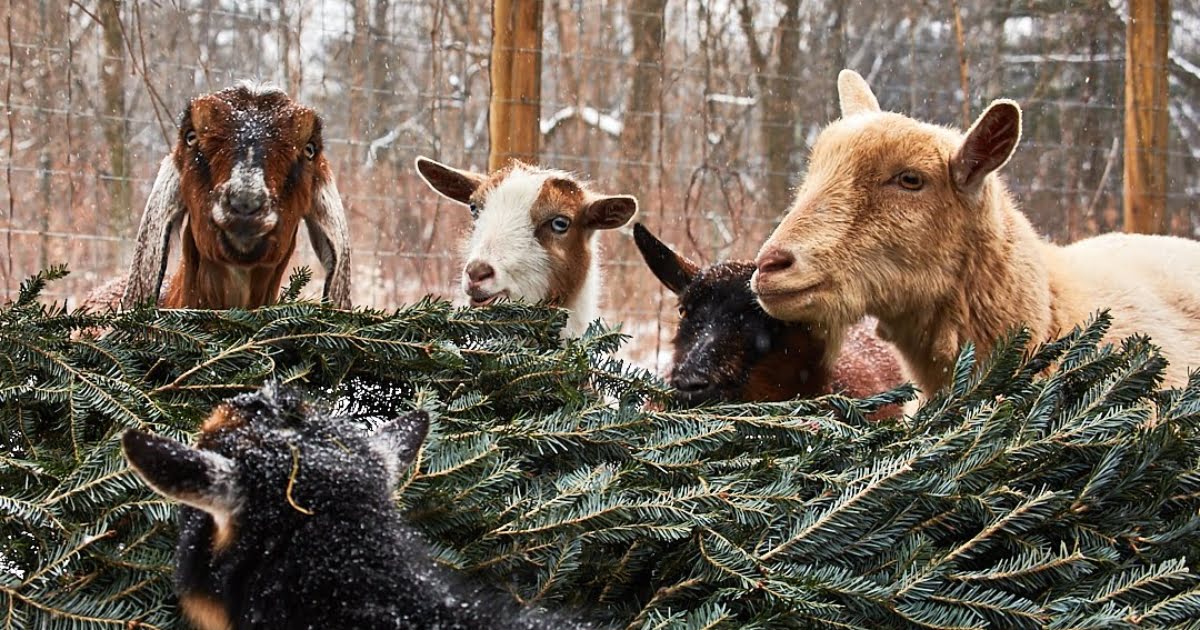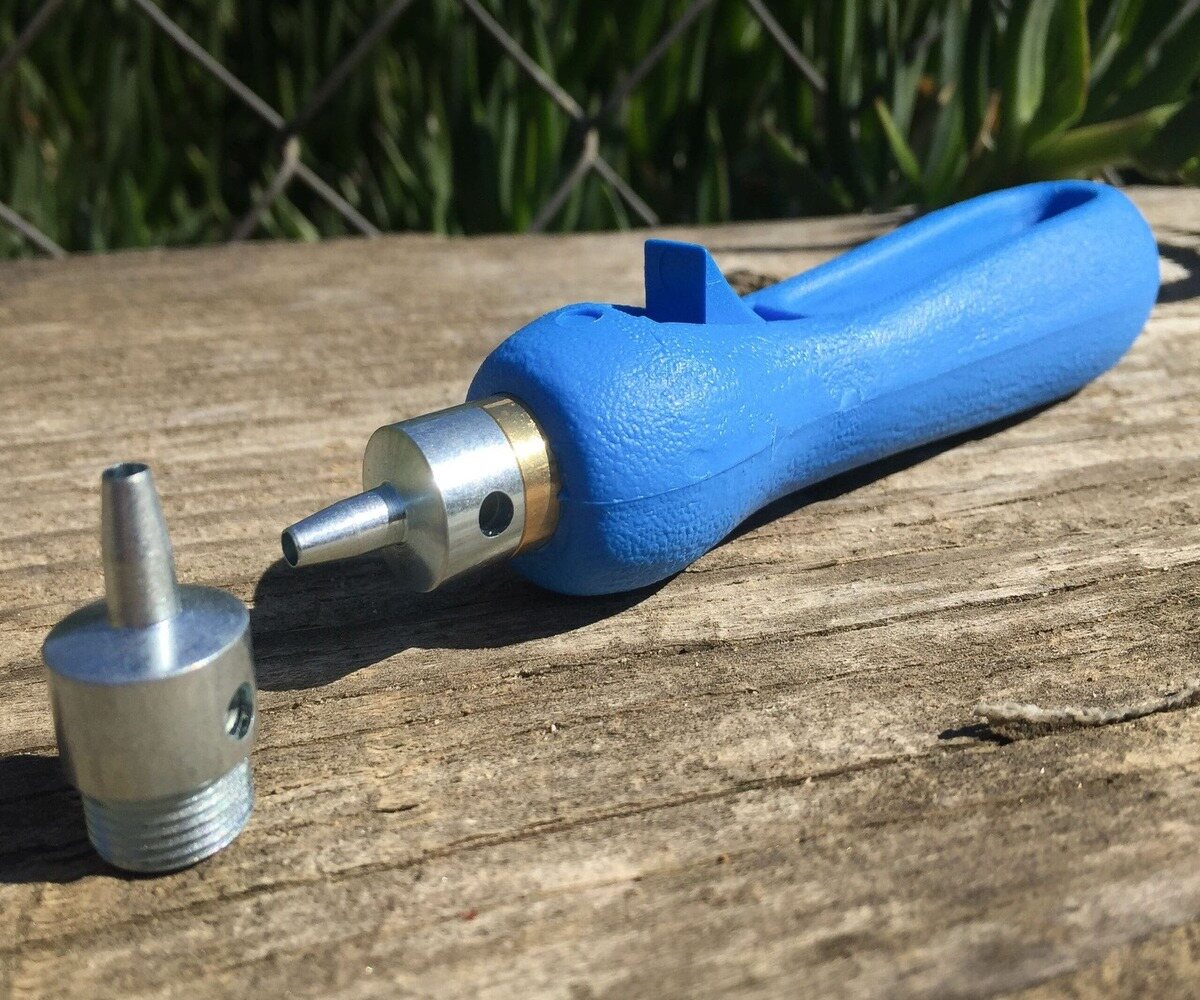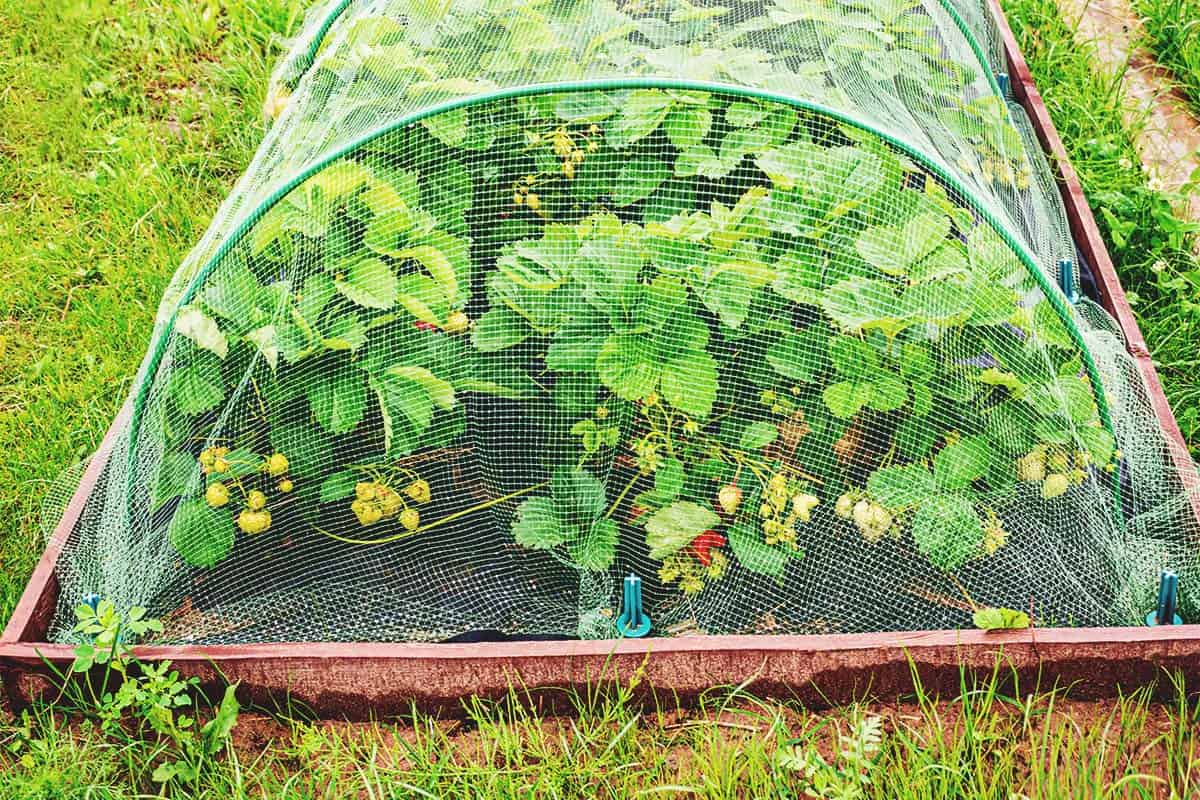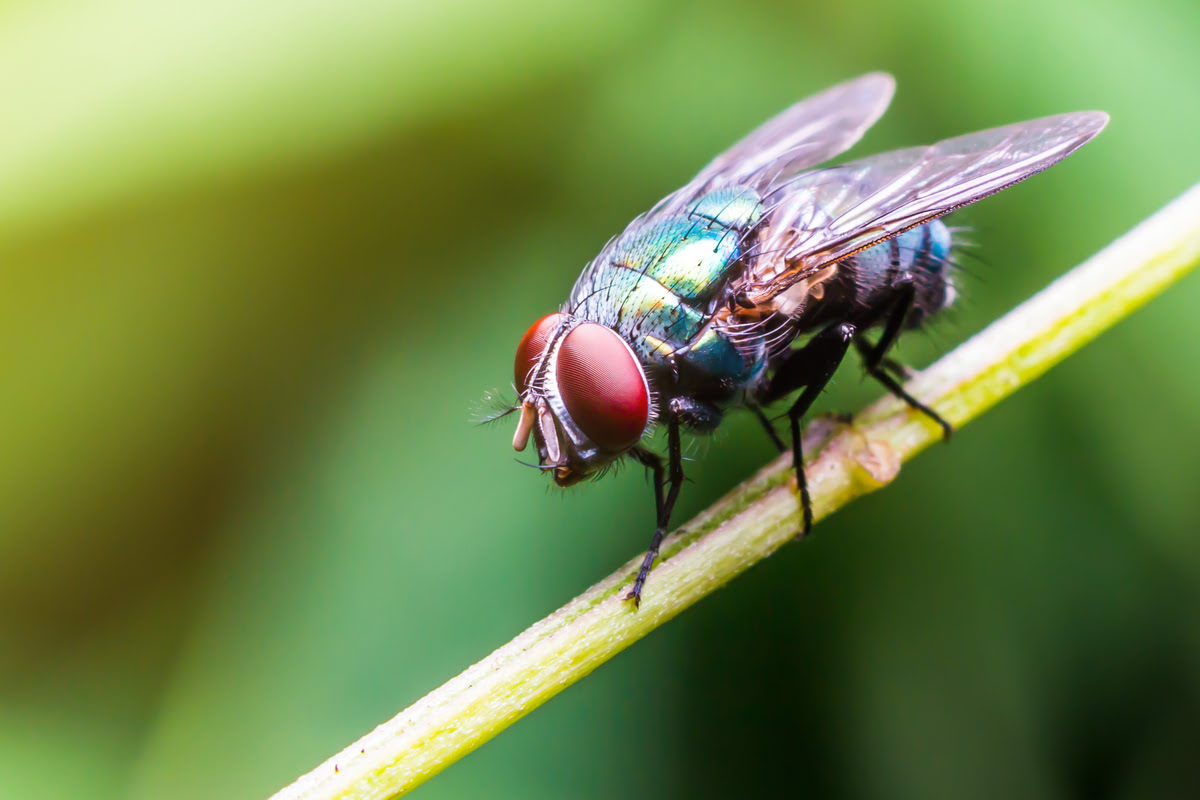Home>Gardening News and Trends>What Animal Dig Holes In Backyard
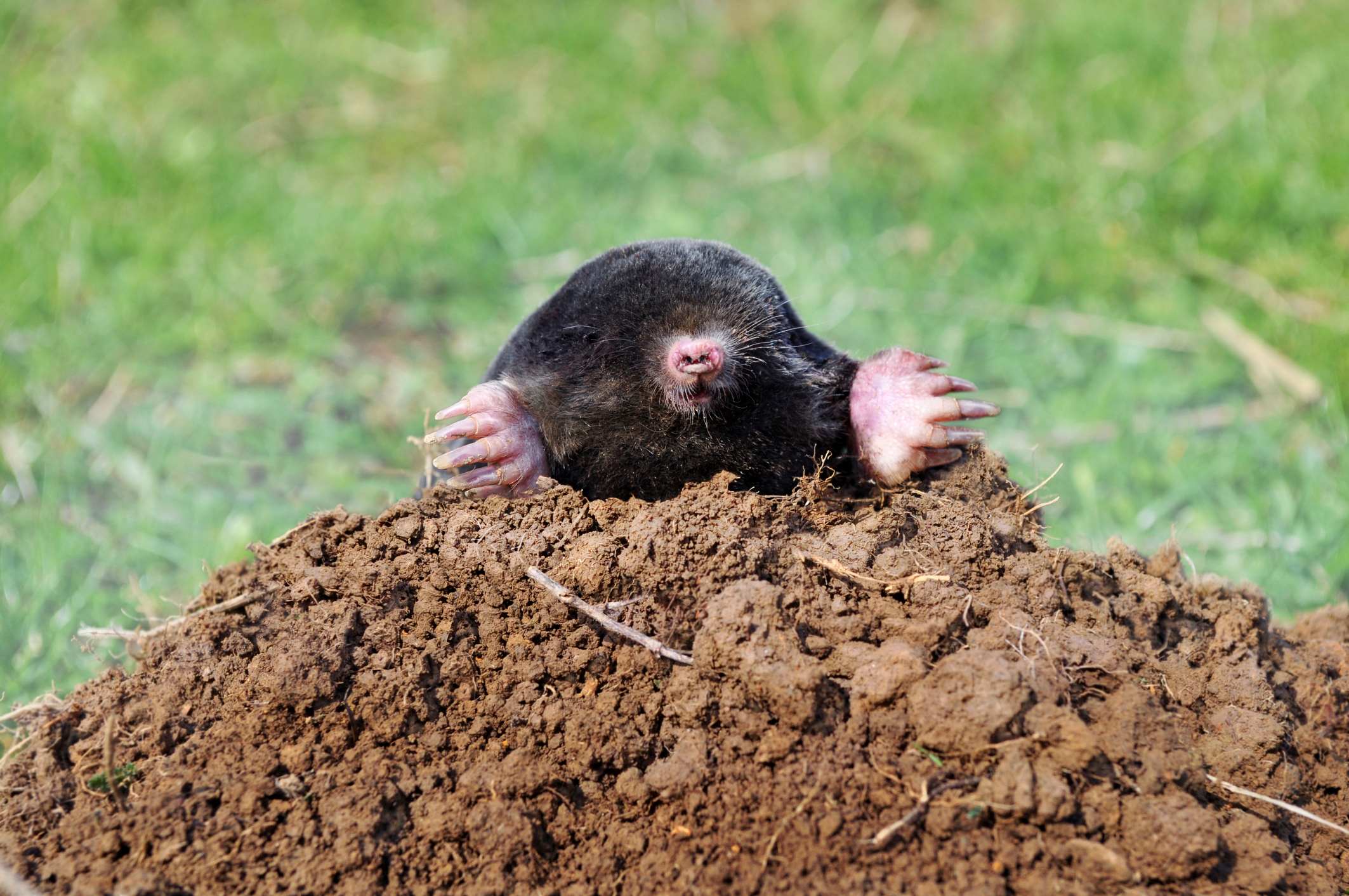

Gardening News and Trends
What Animal Dig Holes In Backyard
Published: August 5, 2023
Looking for the latest news on what animal dig holes in your backyard? Discover the mystery behind these mysterious diggers with our informative articles and expert insights.
(Many of the links in this article redirect to a specific reviewed product. Your purchase of these products through affiliate links helps to generate commission for Chicagolandgardening.com, at no extra cost. Learn more)
Table of Contents
- Introduction
- Common Animals that Dig Holes in Backyards
- Identification and Characteristics of Hole-Digging Animals
- Factors Contributing to Hole-Digging Behavior
- Potential Effects and Risks Associated with Animal Holes
- Preventive Measures for Managing Animal Digging in Backyards
- Safe and Humane Removal of Digging Animals
- Conclusion
Introduction
Have you ever wondered what animals are responsible for those mysterious holes in your backyard? It can be frustrating to find freshly dug holes in your beautiful lawn or garden. Understanding which animals are the culprits behind these holes is the first step in effectively managing the issue.
While it may seem like a nuisance, digging holes is a natural behavior for many animals. These holes serve various purposes, such as finding food, creating shelter, or establishing territories. By identifying the animals responsible for digging in your backyard, you can take appropriate measures to mitigate the damage and ensure the safety of your property.
In this article, we will explore the most common animals that dig holes in backyards, discuss their characteristics, and address ways to manage this behavior. From small mammals to birds and reptiles, the animal kingdom is full of potential hole-diggers. By gaining knowledge about these creatures and their habits, you can better protect your outdoor space and maintain its aesthetic appeal.
So, if you’ve ever wondered who’s been digging up your backyard, keep reading! We’ll delve into the fascinating world of hole-digging animals and equip you with the necessary information to tackle this issue head-on.
Common Animals that Dig Holes in Backyards
When it comes to identifying the animals responsible for digging holes in your backyard, a variety of creatures might be to blame. Let’s explore some of the most common culprits:
- Eastern Moles: These small, insectivorous mammals are known for their extensive tunneling and burrowing activities. Eastern moles create complex tunnel systems underground, which often result in unsightly molehills appearing in lawns and gardens.
- Ground Squirrels: Ground squirrels are notorious for digging holes in search of food and to create their burrows. These small rodents are commonly found in open grassy areas and can cause damage to plants and structures.
- Armadillos: Armadillos possess a remarkable ability to excavate large holes in pursuit of insects such as ants, termites, and grubs. Their distinctive digging patterns, characterized by conical-shaped holes, can be an unwelcome sight in your backyard.
- Raccoons: While primarily known for their mischievous nature, raccoons are opportunistic diggers. They dig holes primarily to search for food, such as grubs and earthworms. Raccoon holes are typically larger and messier than those of other animals.
- Skunks: Skunks have a reputation for digging cone-shaped holes in search of food, including grubs, insects, and small rodents. Their powerful front claws enable them to easily excavate the soil, leaving behind noticeable holes in your yard.
These are just a few examples of animals that commonly dig holes in backyards. Keep in mind that the specific animals present in your area may vary depending on your location and habitat. It is essential to accurately identify the animals responsible for the holes to implement effective management strategies.
Identification and Characteristics of Hole-Digging Animals
Identifying the specific hole-digging animals in your backyard is crucial for implementing the most appropriate management techniques. By understanding their characteristics and behaviors, you can tailor your approach to effectively deter them. Here are some key identification features and characteristics of common hole-digging animals:
- Eastern Moles: Eastern moles have cylindrical bodies covered in dense, velvety fur. They have powerful front limbs with large paws and sharp claws for digging tunnels underground. Their snouts are pointed, and they have small eyes and ears, as they rely primarily on their sense of touch.
- Ground Squirrels: Ground squirrels are small to medium-sized rodents with relatively short legs and bushy tails. They have sharp claws on their front paws, which they use for digging burrows. Ground squirrels vary in color, depending on the species, with shades ranging from light brown to grayish tones.
- Armadillos: Armadillos have a unique appearance with their armored shells and long snouts. They typically have short legs with strong claws that aid in digging. Armadillos come in varying sizes, from small to large species, and display different coloration patterns, including gray, brown, and even pink hues in some species.
- Raccoons: Raccoons are medium-sized mammals with distinct black “mask” markings around their eyes and a ringed tail. They have a stocky build and are covered in thick fur, typically grayish to brown in color. Raccoons have nimble front paws with long fingers that allow them to manipulate objects and dig through soil.
- Skunks: Skunks are easily recognizable by their distinctive black and white fur patterns. They have long bodies with short legs and bushy tails. Skunks have sharp claws on their front paws for digging, and their faces feature a pointed snout and small eyes.
Furthermore, it is essential to consider the size and shape of the holes left behind by these animals. The diameter and depth of the holes can provide clues about the animal responsible. Eastern molehills, for instance, have conical shapes and are often accompanied by ridges of pushed-up soil. Ground squirrel burrow entrances are typically 4-6 inches in diameter and may have a mound of excavated soil nearby.
By familiarizing yourself with the physical characteristics and digging behaviors of these animals, you can better identify and manage their presence in your backyard.
Factors Contributing to Hole-Digging Behavior
There are several factors that contribute to the hole-digging behavior exhibited by animals in your backyard. Understanding these factors can help you address the underlying causes and develop effective strategies to manage the issue. Here are some key factors that contribute to hole-digging behavior:
- Natural Instincts: Many animals have innate instincts to dig for various purposes, including finding food, creating shelter, and establishing territories. These instincts are deeply ingrained in their behaviors and drive their hole-digging activities.
- Food Availability: The presence of food sources such as insects, grubs, earthworms, or small rodents can attract animals to your backyard. Digging holes allows them to access these food sources and satisfy their dietary needs. Identifying and addressing the underlying food sources can help deter hole-digging animals.
- Shelter and Nesting: Some hole-digging animals, like eastern moles and ground squirrels, dig tunnels and burrows as a means of shelter and protection. These underground structures provide essential refuge from predators and extreme weather conditions.
- Territorial Behaviors: Certain animals, such as raccoons and skunks, may dig holes to mark their territories. These holes serve as visual and olfactory signals to other animals, indicating the presence of a specific individual or group in the area.
- Breeding Activities: During breeding seasons, animals may dig holes for mating rituals, nesting, or raising their young. These activities are often temporary, and the holes may be abandoned once the breeding cycle is complete.
Additionally, environmental factors can influence the extent of hole-digging behavior. Soil conditions, moisture levels, and vegetation density can all play a role in attracting or discouraging certain animals from digging in your backyard.
By considering these factors, you can gain insights into why hole-digging is occurring and implement strategies to address the specific needs or motivations of the animals involved.
Potential Effects and Risks Associated with Animal Holes
While the presence of animal holes in your backyard may initially seem like a minor annoyance, it can have several potential effects and risks. Understanding these consequences can help you recognize the importance of managing hole-digging animals effectively. Here are some potential effects and risks associated with animal holes:
- Property damage: Animal holes can cause damage to your lawn, garden, or landscaping. These holes can disrupt the visual appeal of your outdoor space and create hazards such as uneven surfaces that may pose a tripping or mowing risk.
- Injury risk: Stepping into an animal hole can lead to injuries, such as sprained ankles or twisted knees, especially if the hole is concealed by vegetation or hard to see. This risk is particularly significant for children, the elderly, and individuals with mobility issues.
- Plant damage: Animals that dig for food, like skunks and raccoons, can uproot plants, damage roots, or disturb the soil around them. This can compromise the health and survival of your garden or landscape plants.
- Secondary pest issues: Animal burrows and holes can attract secondary pests like ants or termites. These pests may use the existing tunnels as their own pathways, leading to additional problems and potential damage to surrounding structures.
- Erosion: In areas with heavy rainfall, animal holes can contribute to erosion as water collects and runs through the openings. This can lead to soil displacement, mudslides, or the weakening of adjacent structures like retaining walls.
It’s essential to assess the potential effects and risks associated with animal holes on your property. By recognizing these consequences, you can take proactive steps to manage the hole-digging behavior and mitigate any damage or hazards caused by it.
Preventive Measures for Managing Animal Digging in Backyards
Dealing with animal digging in your backyard requires a proactive approach to prevent and deter these activities. Here are some preventive measures you can take to manage animal digging effectively:
- Fencing: Installing a sturdy fence around your property can act as a physical barrier, preventing animals from accessing your yard. Ensure that the fence is buried at least a foot underground to prevent animals from burrowing underneath it.
- Securing garbage and food sources: Animals are often attracted to yards that provide easy access to food sources like garbage cans or bird feeders. Secure trash cans with tight-fitting lids and position bird feeders away from the immediate vicinity of your home to reduce the attraction for hungry animals.
- Remove attractants: Identify and eliminate potential attractants for hole-digging animals. This includes removing fallen fruits, clearing debris, and trimming overgrown vegetation that could provide shelter or food sources for them.
- Natural deterrents: Some animals, like moles and ground squirrels, may be deterred by using natural repellents such as castor oil or garlic. These substances can be applied to the soil or mixed with water and sprayed on affected areas. However, the effectiveness of these repellents can vary, so regular reapplication may be necessary.
- Ultrasonic devices: Ultrasonic devices emit high-frequency sounds that are unpleasant to animals, discouraging them from entering your yard. These devices can be placed strategically around your property to create a sonic barrier that animals will want to avoid.
- Professional assistance: In cases where the animal digging issue persists or poses a significant threat, it may be necessary to seek professional help. Wildlife control experts can provide humane and effective solutions tailored to your specific situation.
It’s important to note that prevention is key when managing animal digging in your backyard. By implementing these preventive measures, you can create an environment that is less attractive to hole-digging animals, reducing the need for more intensive measures in the future.
Safe and Humane Removal of Digging Animals
If preventive measures are ineffective or the animal digging problem persists, it may be necessary to consider the safe and humane removal of these animals from your backyard. Here are some steps you can take to ensure the humane removal of digging animals:
- Identify the species: First, determine the specific animal responsible for the digging. This can help you tailor your removal approach and ensure that you are targeting the correct species.
- Research local regulations: Familiarize yourself with the local regulations and guidelines regarding the removal of wildlife. Different jurisdictions may have specific rules governing the humane handling and relocation of animals.
- Consult wildlife professionals: If you are uncertain about how to safely and humanely remove the digging animals, consider contacting wildlife control professionals. These experts have the knowledge and experience to handle wildlife in a safe and ethical manner.
- Live trapping: Live trapping can be an effective method for capturing and removing digging animals. Choose traps that are appropriate for the target species and ensure they are set in a way that minimizes the risk of harm to the animal.
- Relocation: Once the animal is successfully trapped, consult with local authorities or wildlife experts about appropriate relocation areas. It is crucial to choose locations suitable for the species, where they can thrive without causing harm to other ecosystems.
- Release in suitable habitat: When relocating the animal, release it in a suitable habitat away from residential areas. Ensure that the new environment provides the necessary resources for the animal’s survival.
- Prevent re-entry: After removing the digging animals, take preventive measures to discourage their return. Implement the preventive measures discussed earlier, such as securing food sources and reinforcing fencing.
Remember, it is important to prioritize the safety and welfare of both humans and animals when dealing with wildlife removal. Always opt for humane methods and consult professionals when necessary to ensure proper handling and relocation of the digging animals.
Conclusion
Managing animal digging in backyards can be a challenging task, but with the right knowledge and proactive approach, it is possible to mitigate the issue effectively. By identifying the animals responsible for the holes in your yard and understanding their behaviors, you can implement preventive measures tailored to each species. This includes securing food sources, installing deterrents, and properly fencing your property.
It is essential to consider the potential effects and risks associated with animal holes, such as property damage, injury risks, and secondary pest issues. By recognizing these consequences, you can address the issue promptly and minimize any damage or hazards caused by the digging activities.
If preventive measures fail, the safe and humane removal of digging animals becomes necessary. Proper identification of the species and compliance with local regulations are key. When needed, consulting wildlife professionals and implementing live trapping methods can ensure the proper handling and relocation of animals to suitable habitats.
Remember that successfully managing animal digging in your backyard requires a combination of preventive measures, humane removal techniques, and ongoing monitoring to prevent re-entry. By adopting these approaches, you can create a backyard that is less attractive to digging animals and maintain the beauty and functionality of your outdoor space.
So, embrace your role as a responsible homeowner and wildlife steward, take the necessary steps to manage animal digging, and enjoy a backyard that is both aesthetically pleasing and harmonious with nature.

